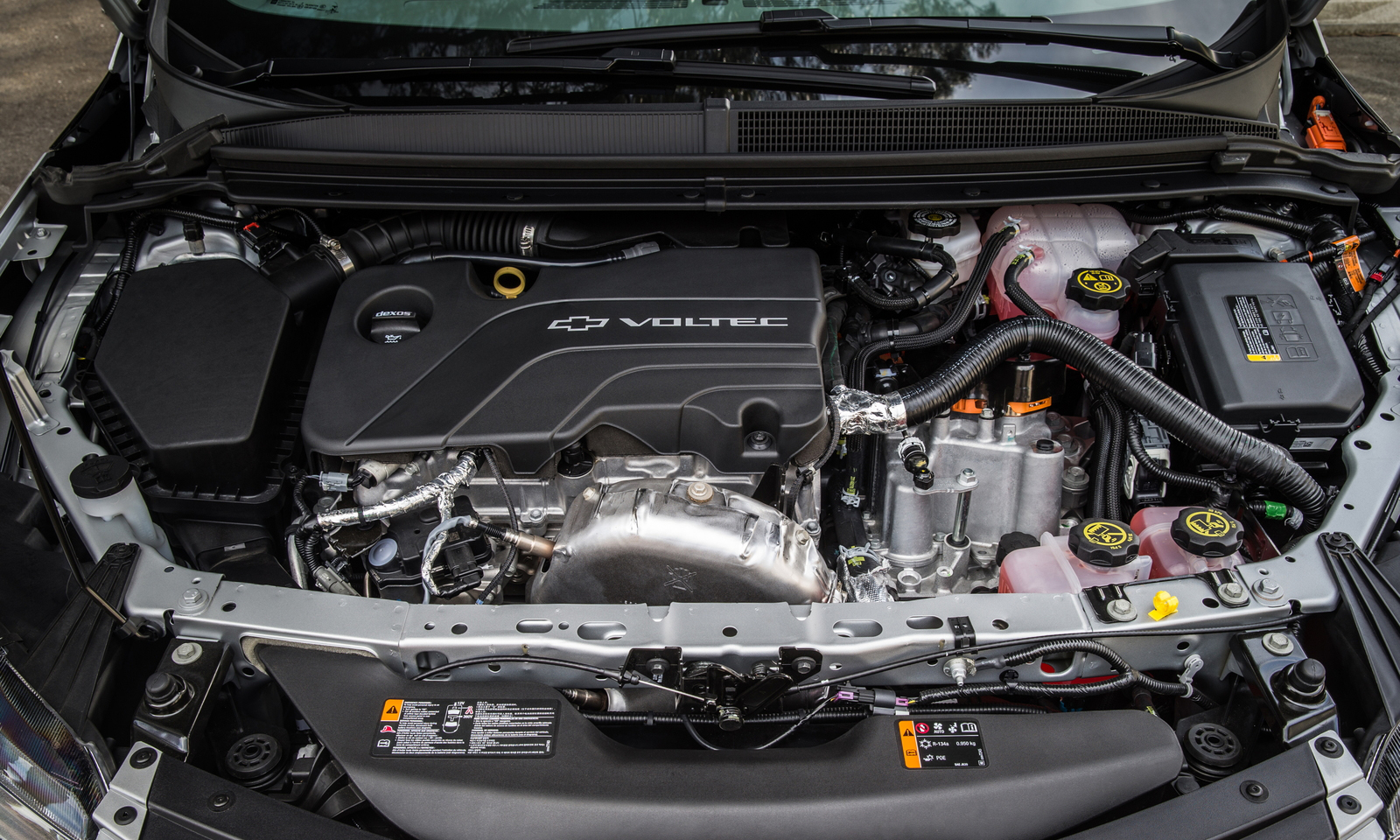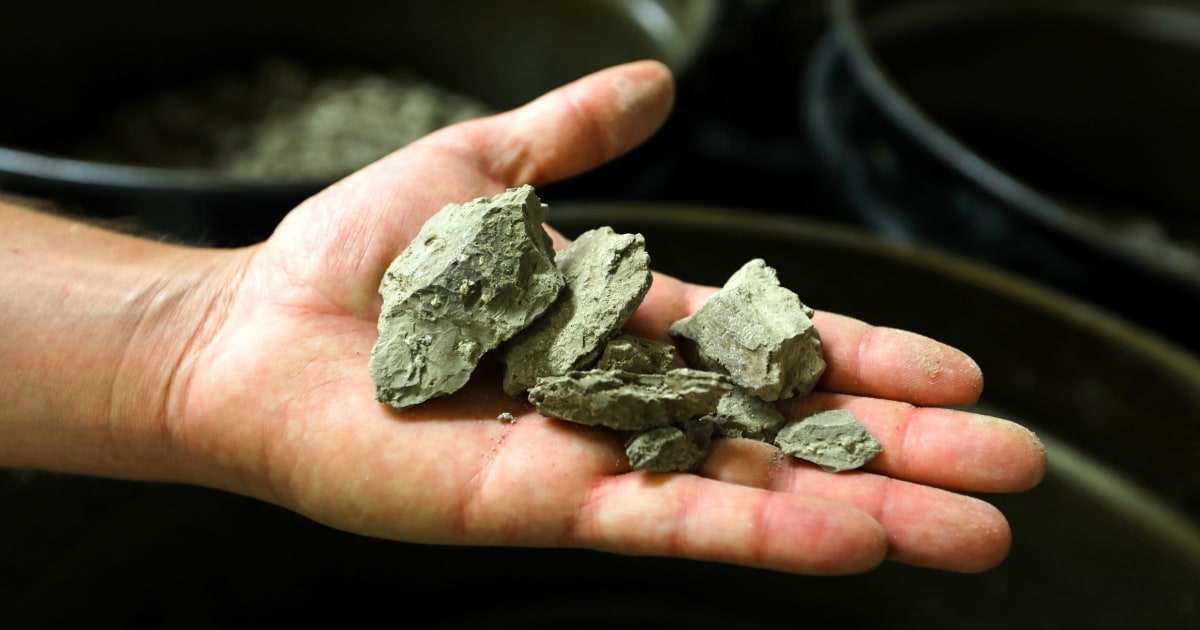Lithium-ion batteries are the most popular battery in use today.
First commercialized in 1991, their cost has declined by a remarkable
97 percent over the last three decades, enabling the rapid growth of mobile phones, laptops and more recently, electric cars.
Global demand for the batteries is projected to increase dramatically by the end of this decade, largely due to the growing adoption of electric vehicles (EVs) around the world.
More EVs is good news for the climate. After all, as a 2020 Union of Concerned Scientists (UCS) analysis
shows—and an updated, soon-to-be-released analysis will confirm—EVs’ lifecycle global warming emissions are dramatically lower than that of gas- and diesel-powered vehicles.
But mining the materials used in EV batteries, including cobalt, lithium and nickel, comes with its own set of public-health, environmental and human-rights challenges.
Despite EVs’ considerable environmental benefits, it will be imperative to “green” the material sourcing process to ensure a more sustainable and ethical supply chain as the world transitions to an electrified transportation system.
Fortunately, scientists are on the case. They are altering battery chemistries to reduce reliance on certain metals, such as cobalt, for example, and coming up with ways to recycle and repurpose batteries to minimize the need for new raw materials altogether.
The Biden administration, which wants half of all new vehicles sold in the United States to be electric by 2030, has taken notice. In June 2021, it published
National Blueprint for Lithium Batteries, which calls for cobalt and nickel to be engineered out of batteries. In addition, the
Bipartisan Infrastructure Law Congress passed last November recognized the need to recover key materials from EVs and dedicated funds to support battery
recycling.
Automakers, too, are paying attention. Last fall, Nissan
announced that it plans to introduce cobalt-free batteries by 2028, while Tesla
said it will shift to lithium-iron-phosphate batteries, which do not contain cobalt or nickel, for its entry-level Model 3 and Model Y cars.
UCS also is playing a role. Our Clean Transportation program, which has been
documenting the benefits of EVs for years, recently added battery expert Jessica Dunn to its team.
Dunn is a doctoral candidate in energy systems at the University of California Davis, where she has been serving as a co-facilitator for the Lithium-Ion Battery Recycling Advisory Group, which is advising the California Legislature.
She also was the lead author of “
Circularity of Lithium-Ion Battery Materials in Electric Vehicles” published by Environmental Science & Technology, a peer-reviewed journal, in March 2021.
So, when we received a question about how to address the drawbacks of lithium batteries, I turned to Dunn for a response. Allison D., from Caro, Michigan, wrote: “I was wondering what might be on the horizon for alternatives to lithium batteries for EVs. I was curious if there is a more ‘green’ way to mine for lithium or if there might be a better option altogether.”
Below is an abridged version of our conversation.
Jessica Dunn, a senior analyst in our Clean Transportation Program, answers an inquiry from a UCS supporter, Allison D., in Caro, Michigan, who wrote: “I was wondering what might be on the horizon for alternatives to lithium batteries for EVs. I was curious if there is a more ‘green’ way to mine for
blog.ucsusa.org



/cloudfront-us-east-2.images.arcpublishing.com/reuters/IKVLKP3NIZJ5FA675CLVVWMSC4.jpg)
